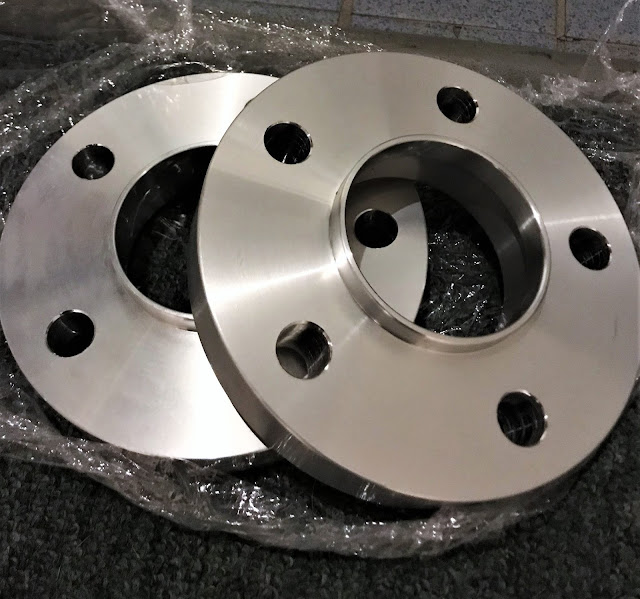If you've had any doubts about whether or not they will fit, fear not! You absolutely can run square 305/30/19's. I had a lot of doubts before pulling the trigger, even more so when the wheels where on the car. The tires do poke out a bit and I figured rubbing is all but guaranteed at full compression but I couldn't be happier I trusted APEX and those on here who have run it.
Here's what you need:
1. Camber plates: I have MM C/C plates and they are maxed out at -2.3 deg with the stock struts. I have been running them for years with many track days without issue.
2. 1"/25 mm spacer: I have Motorsport-tech 1" spacers and they look like high quality units. There is maybe a 1/4 inch clearance in the back so you can't go any narrower than 25 mm. http://www.motorsport-tech.com/adaptec/car/ford_s and you want Design 2.
 |
| Motorsport Tech 1" Mustang Hub-centric Spacers |
3. Elongated studs: your best bet is to get the FPP hubs with elongated studs instead of reusing the old one. Bearings are consumables anyway so if you're like me and you've been enjoying your car for several years, it might be a good time anyway. They are a bargain considering that they come with ARP elongated studs already pressed in. https://lmr.com/item/M1104A/Ford-Racing-Mustang-Front-Hub-Pair-With-3-Arp-Studs You will need open ended lug nuts which are sold separately.
4. A good quality 11" wheel: APEX of course! I got square APEX EC-7 19x11 ET52 for rotation, although they do sell a different offset 19x11 so you don't need a spacer but the spacers will likely pay for themselves quickly in tire life (allowing rotation).
I can guarantee you, once you've put a decent 305 wide tire up front, you'll never go back to anything narrower. The car is a different animal. And it IS an animal. I put Bridgestone RE-71R's on. You can read my review here, including how they compare to my previous setup.
Follow Ram's Eye The Track Guy on Facebook and Instagram!













Comments
Post a Comment